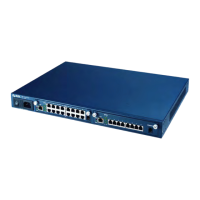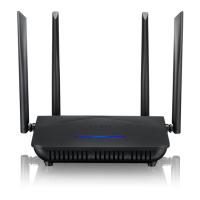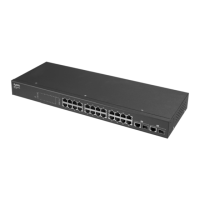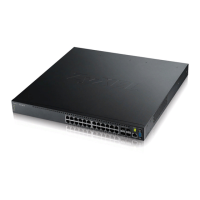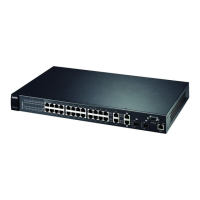IES-1248-51/51A/53 User’s Guide
436 Chapter 58 Troubleshooting
58.9 Local Server
The computer behind a DSL modem or router cannot access a local server connected to the
IES-1248.
58.10 Data Rate
The SYNC-rate is not the same as the configured rate.
E Reconnect the telephone wire to USER.
Connect a telephone to a lower port of MDF 3. If there is no dial tone, then the problem is
between your device and MDF 3. Check the pin assignments of the telephone wire’s
connector that connects to USER. Replace the telephone wire connecting your device to
MDF 3.
If there is no dial tone, then MDF 3 may be faulty. Contact the telephone company if that
is the case.
F Disconnect the DSL modem from the wall jack and connect the telephone to the wall jack.
If there is no dial tone, then there is a problem with the building wiring between the DSL
subscriber’s home and the MDF. Contact your telephone company for troubleshooting.
Table 111 Testing In-house Wiring (continued)
STEP TEST
Table 112 Troubleshooting a Local Server
STEPS CORRECTIVE ACTION
1 See Section 58.6 on page 433 to make sure that the subscriber is able to transmit to the
IES-1248.
2 Make sure the computer behind the DSL device has the correct gateway IP address
configured.
3 Check the VLAN configuration (see Chapter 19 on page 157).
4 Check the cable and connections between the IES-1248 and the local server.
5 Try to access another local server.
If data can be transmitted to a different local server, the local server that could not be
accessed may have a problem.
Table 113 Troubleshooting the SYNC-rate
STEPS CORRECTIVE ACTION
1 Connect the ADSL modem or router directly to the ADSL port using a different telephone
wire.
2 If the rates match, the quality of the telephone wiring that connects the subscriber to the
ADSL port may be limiting the speed to a certain rate.
If they do not match when a good wire is used, contact the distributor.

